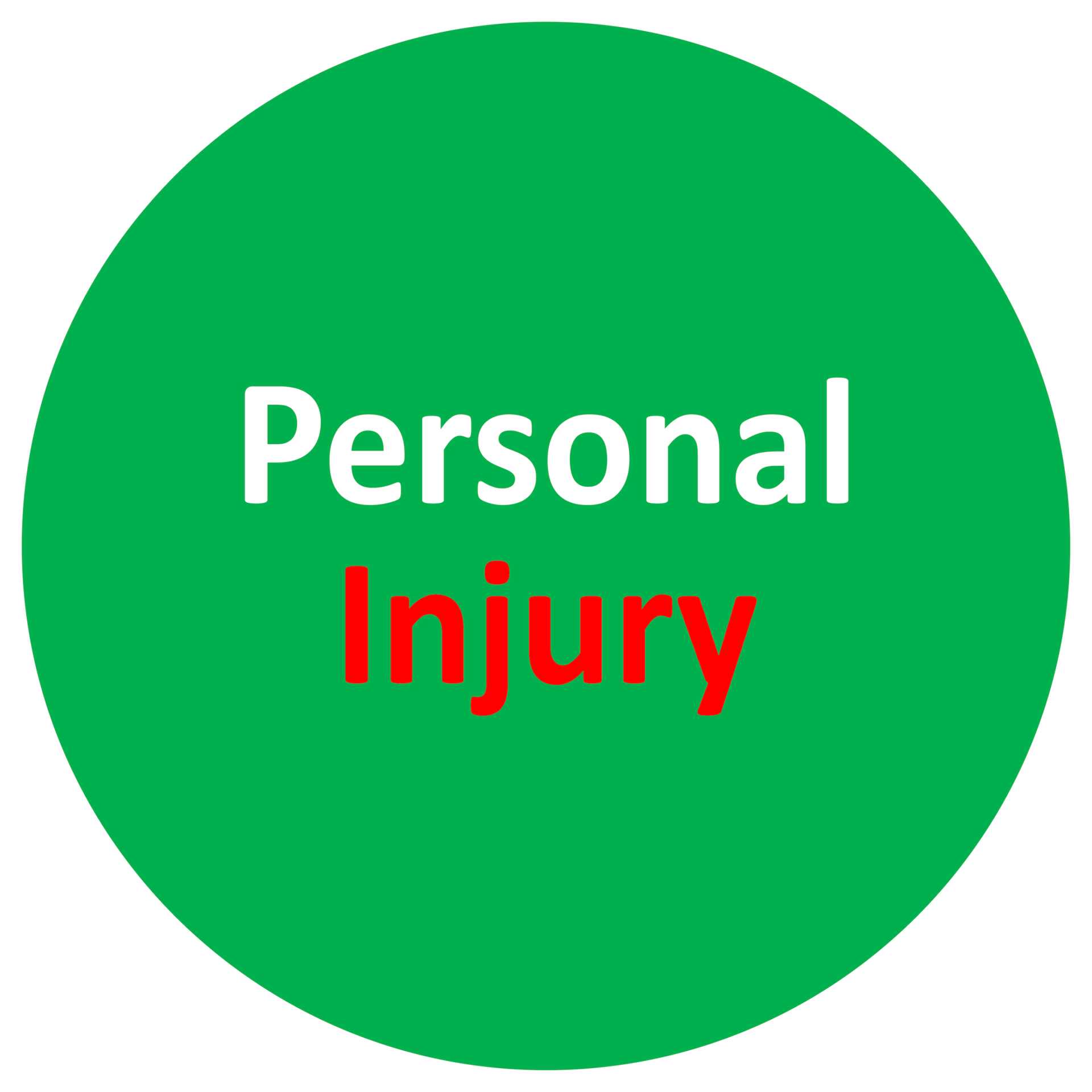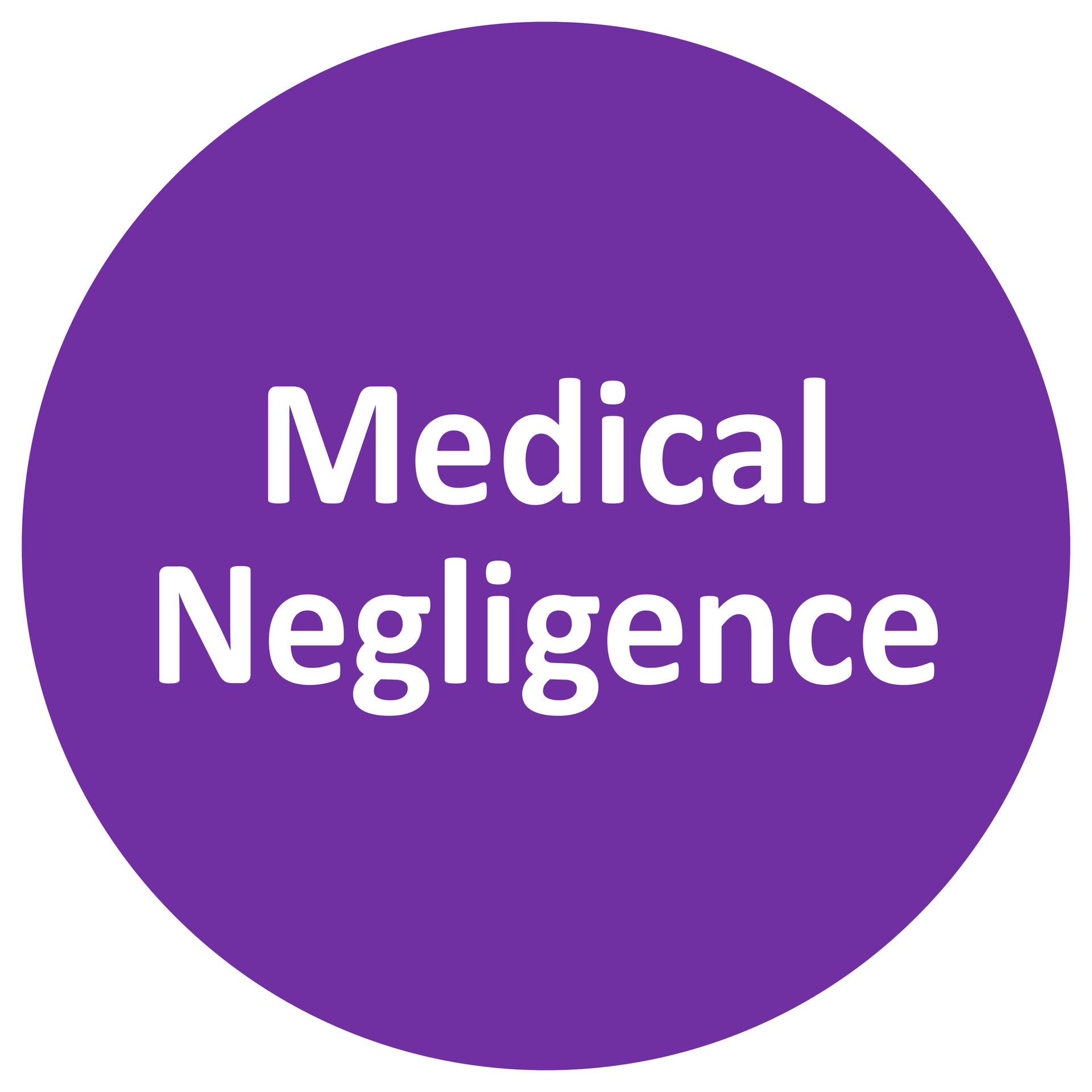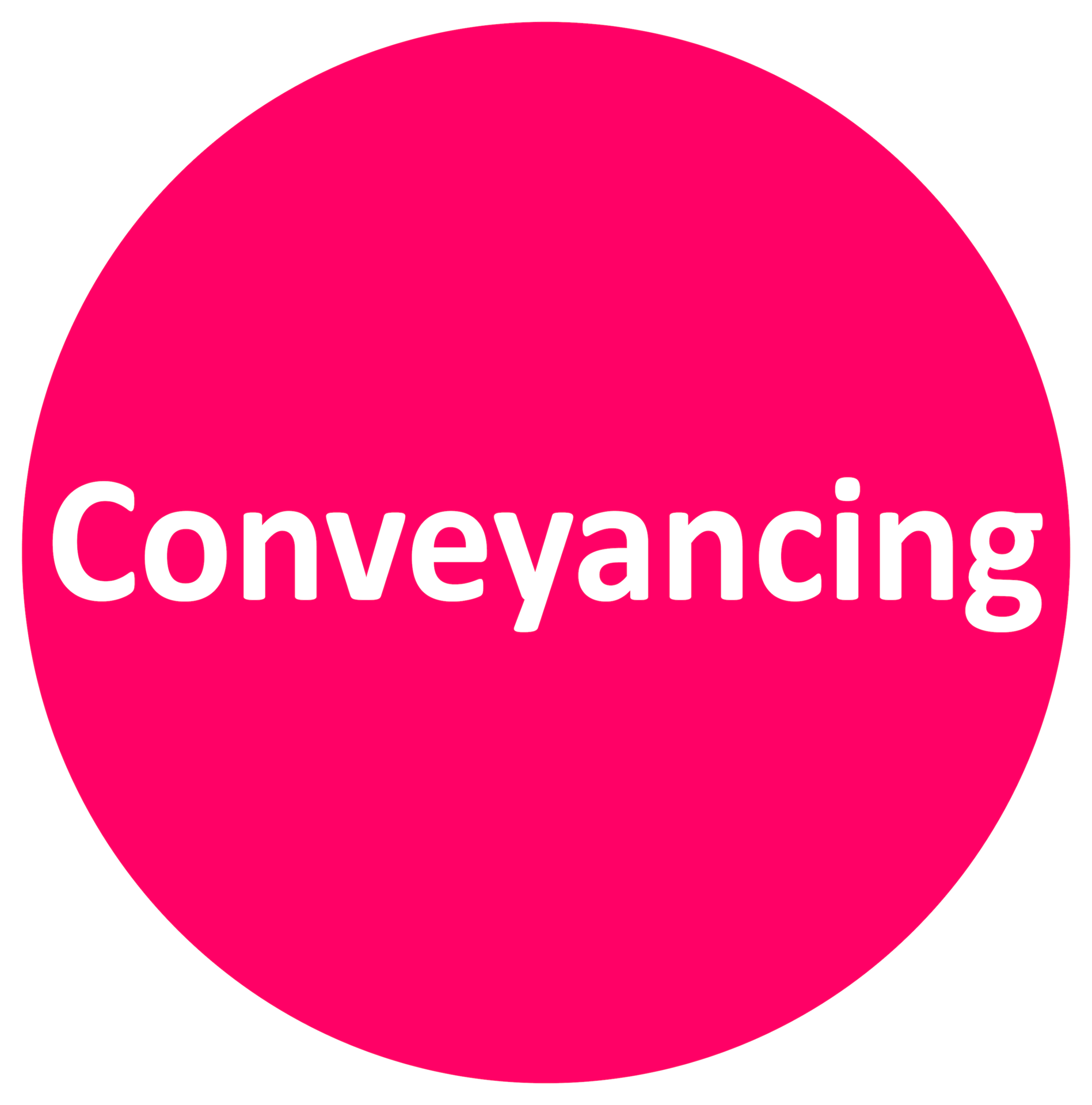Freight operator fined £6.5 million over the death of an 11 year old boy on a freight terminal
Posted on 24th September 2021
Our personal injury solicitors discuss the case, and how a freight company has been fined £6.5 million for the death of a young boy on its premises.
The young boy and his friends had easily entered the freight company’s depot to retrieve a missing football. After climbing onto a freight wagon in the depot, 11-year-old Harry Ballantyne suffered a fatal electric shock from the Overhead Electric Line Equipment, energised at 25,000 vaults.
The legislation that brought the huge fine against the freight company was the Health and Safety at Work etc Act 1974, under which companies must take steps to ensure the safety of anybody on their premises, including people who have gained entry.
A large part of this is conducting regular risk assessments, something that the Office of Rail and Road (ORR) found the company to have not done properly regarding assessing the risk to those who might gain unauthorised access to the freight terminal.
Because of the risk of death present from the overhead lines, and the effect that the incident had on the three boys who were at the scene with Harry, the judge at Northampton Crown Court felt it necessary to impose a significant fine.
Our specialist personal injury solicitors note that this is the largest fine as part of a health and safety fatal injury claim using the Health and Safety at Work etc Act 1974 since the Hatfield Rail Crash in 2000, in which four people lost their lives.
This case shows the strength of the Health and Safety at Work etc Act 1974, and is a stark reminder to businesses as to their responsibility to take all measures possible to keep anybody on their premises safe, and protect them from injury.
It is hoped that the level of fine imposed in this case will act as both a reminder and a deterrent to other companies who may be slacking in their health and safety procedures and risk assessments.
What can the Health and Safety at Work etc Act 1974 be used for in personal injury claims?
The Health and Safety at Work etc Act 1974 applies to any workplace or business, and puts the responsibility on them to ensure that all possible measures are taken to protect the health and safety of people on the premises. As this case shows, possibly surprising to some, is that the Act offer protection to unauthorised people on the premises as well as those who are supposed to be there.
What protection do people trespassing or with unauthorised access on a premises have?
Under the Health and Safety at Work etc Act 1974, trespassers have just as many legal rights regarding being protected from injury as those who are entitled to be there.
What responsibility do businesses have under the Health and Safety at Work etc Act 1974?
A large part of the Act, as made evident in this case, is the need for business owners to carry out regular risk assessments of the business and workplace to ensure that all possible measures are being taken to protect the health and safety of people there.
As well as this, business owners have a legal responsibility to:
Ensure there is a safe system (also referred to as ‘plant’) of work, that is safely maintained.
Claim for personal injury compensation after being injured at a business or company premises:
Whether you are an employee, a customer, a visitor, or an unauthorised trespasser, you could be eligible to make a personal injury claim if you have been injured on the premises of a business due to negligence on their behalf.
Whether you have suffered from a broken bone, or a more serious brain or head injury, do not hesitate to contact MG Legal’s personal injury solicitors today to make a personal injury claim for financial compensation.
Simply contact us online, here, or give us a call at 01772 783314 to speak to a specialist solicitor today.
Tagged as: Accident Injury Solicitors, Injury Compensation Claims, Personal Injury, Personal Injury Solicitors
Share this post:




